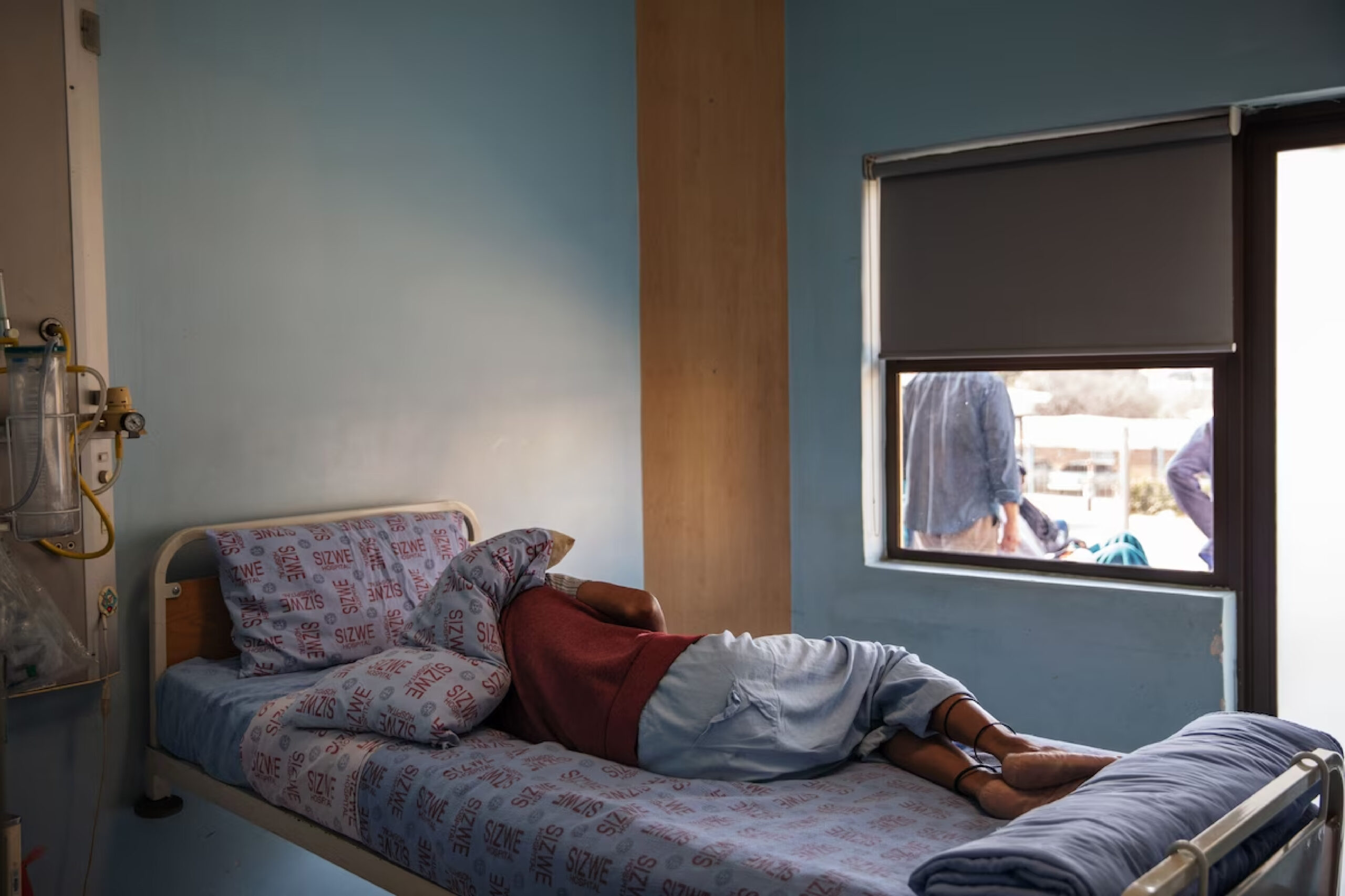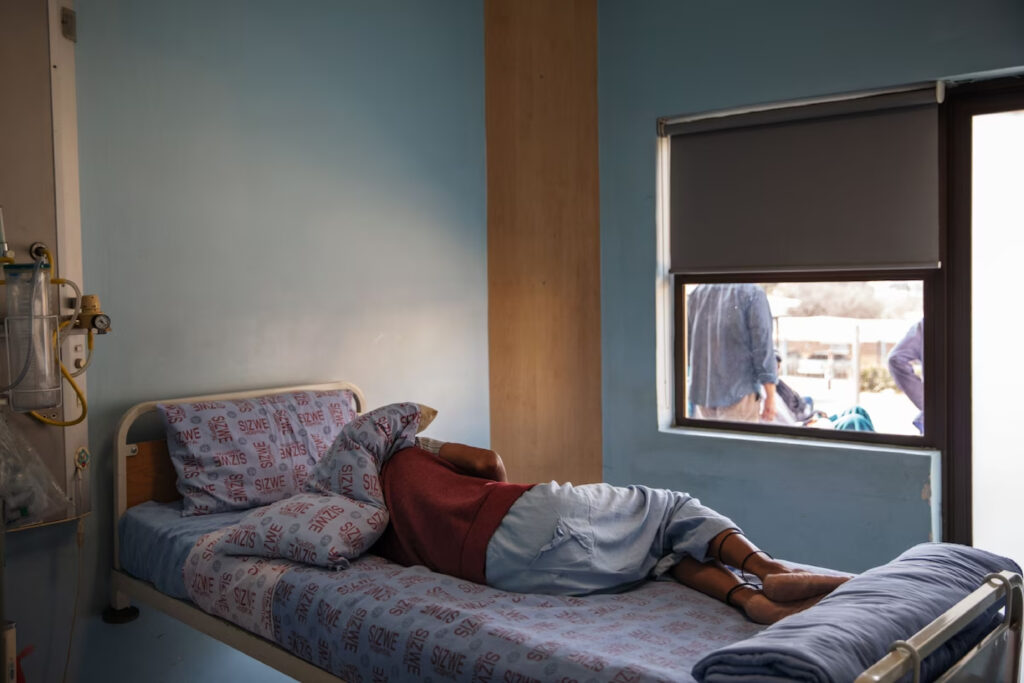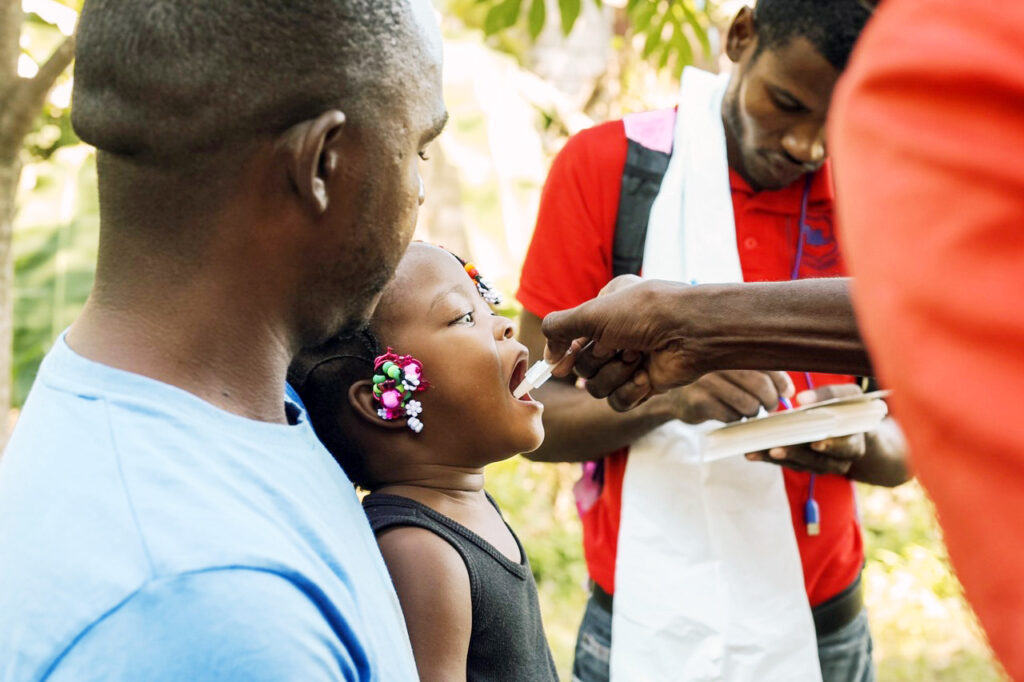Why is a curable disease still allowed to kill millions?

Opinion | Written by John Green for the Washington Post
Posted on May 23, 2023

John Green is the author of several books, including “The Fault in Our Stars” and “The Anthropocene Reviewed,” and is a longtime supporter of Partners in Health.
In 2019, I visited Sierra Leone’s Lakka Government Hospital, a tuberculosis treatment center. At the time, I knew almost nothing about TB. I didn’t know that it is curable or that, for almost all of human history, it has been the world’s deadliest infectious disease. And I certainly didn’t know that about 1.5 million people still die each year of tuberculosis — more than die of malaria, homicide and war combined. That fact is especially horrifying given that TB has been largely curable for over 70 years. I really visited the hospital only as a favor to a Sierra Leonean physician, Mohamed Bailor Barrie, with whom I was working on a different project related to maternal health.
When we arrived at the hospital, a young boy — he looked perhaps 9 or 10 — bounded toward our car and introduced himself as Henry. He immediately set off to give me a tour of the hospital, tugging my shirt this way and that to show me the patient wards, the treatment rooms and a laboratory that could quickly diagnose tuberculosis.
It took me quite a while to realize that Henry was not an official Lakka Government Hospital tour guide; he was a patient. He was not 9 years old but 16, and looked young only because his body had been so profoundly emaciated by TB. And although he was ambulatory and able to show me the entire hospital, he would soon be critically ill.
I later learned that Henry had multidrug-resistant tuberculosis, also known as MDR-TB, an infection that does not respond to the standard first line of antibiotic treatment. Soon after I met him, Henry required blood transfusions because he lost so much blood from lung hemorrhaging. The TB invaded his lymph nodes, causing swelling in his neck that eventually ruptured into an open wound. He was, by all accounts, dying.
Curing any form of TB requires a cocktail of antibacterial drugs, generally given daily for several months, but MDR-TB is even harder to treat. The Centers for Disease Control and Prevention estimates that half a million people around the world develop MDR-TB annually, and about 200,000 die. If these strains are not controlled by 2050, according to the CDC, MDR-TB could kill more than 2.6 million annually.
Henry was fortunate in one sense: Unlike many MDR-TB patients, he had access to medication, thanks to a partnership between the nonprofit Partners in Health and Sierra Leone’s Health Ministry. But even the second-line treatment also failed him.
From the 1940s to 1960s, eight separate classes of anti-TB drugs were synthesized to fight the disease. But then no new drugs were developed to fight TB until 2012. As tuberculosis became less of a problem in rich countries with robust health-care systems, the profit incentives changed, making TB less of a priority for pharmaceutical companies even as it continued to be a huge problem for humanity. As journalist Tina Rosenberg once noted about another infectious disease, “Probably the worst thing that ever happened to malaria in poor countries was its eradication in rich ones.”
In 2012, a new drug appeared at last: bedaquiline, which has become a critical component in MDR-TB treatment cocktails. Most of the research dollars that went into the development of bedaquiline came from the public in many countries — taxpayers invested far more in bedaquiline research and trials than pharmaceutical corporations did — and yet the drug is owned and distributed entirely by a corporation, Johnson & Johnson.
Its patent expires just two months from now, but the company is attempting to “evergreen” its monopoly by slightly adjusting the drug’s formulation, enabling Johnson & Johnson to enforce secondary patents and extend its control of bedaquiline in most countries with a high TB burden. This would be good news for Johnson & Johnson, I suppose, but bad news for almost everyone else on the planet. It would mean fewer people with access to MDR-TB treatment, which over time would mean more private and public health costs from TB, easier spread of MDR-TB, more suffering and far more death.
Johnson & Johnson prices bedaquiline at $1.50 per day (or $272 over the six-month treatment regimen). Doctors Without Borders has argued that “with scale-up and generic competition, the price of bedaquiline would be expected to drop, bringing it closer to its target price of $0.50 per day,” a price at which bedaquiline would still be profitablefor manufacturers. This almost 67 percent reduction in price would dramatically increase the availability of bedaquiline.
By mid-2021, Henry had been a patient at the Lakka hospital for over two years, and he was still sick. His parents, seeing him decline in their weekly visits, begged to take him home so they could be with their son in his final days. But just then, Henry became the very first Sierra Leonean patient to receive a newly designed treatment regimen that included bedaquiline. This new treatment is quicker, less toxic and more effective — and it saved Henry’s life. After more than 1,000 days of constant hospitalization and intensive treatment, Henry was at last cured. When I visited him recently, he was a healthy 20-year-old living with his family in Freetown.
“I am so happy to be home again,” he told me. Henry is attending university now, studying human resource management.
This year, hundreds of thousands of people who should survive TB will instead die because they cannot afford or don’t have access to the best and newest treatments. The end of the bedaquiline patent would result in many of those lives being saved. In March, regulators in India rejected Johnson & Johnson’s attempt to extend its patent, opening the way for production of generic bedaquiline there, but it can be difficult for poorer nations to challenge big pharmaceutical companies.
I’m glad Johnson & Johnson has profited from manufacturing and selling bedaquiline. Pharmaceutical companies need to see the value of investing in new tuberculosis treatments. But a decade after the drug’s emergence, it is high time for the company to relinquish its extended patent claims. Governments primarily funded bedaquiline’s development, and we can pressure our governments to make the drug widely and affordably available. This means telling elected representatives that the use of secondary patents in deeply impoverished communities is unconscionable; it means supporting organizations fighting for expanded TB treatment access, such as Doctors Without Borders and Partners in Health; and it means urging Johnson & Johnson to behave responsibly.
Roughly 4,000 people on this planet died of tuberculosis yesterday. From a curable disease. We need not accept such a world. TB treatment must be made available to all, so that tuberculosis can become what it should have been long ago: history.
Originally published by John Green at the Washington Post



